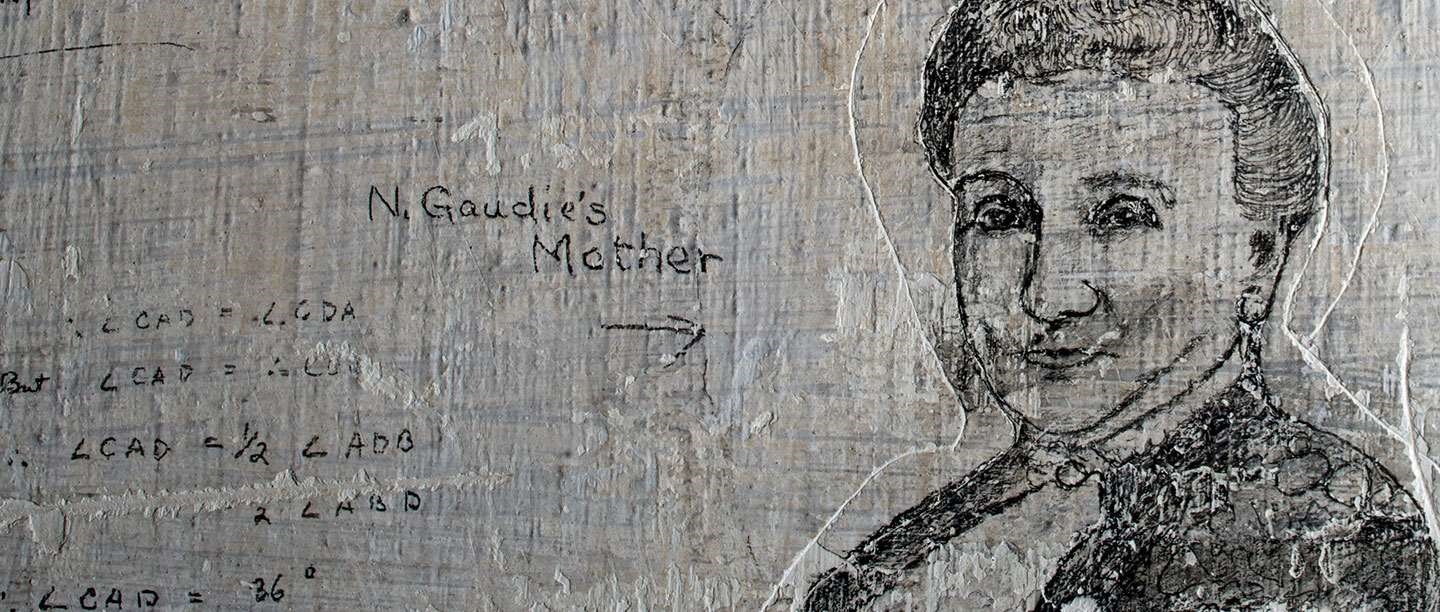The Graffiti
Drawn and scratched into the delicate limewashed walls of the 19th-century cell block at Richmond Castle are thousands of inscriptions. They record the voices of those held in the cells across two world wars, those who watched over them and those who otherwise gained access to the building throughout the 19th and 20th centuries.
While we know a little about a small number of these inscriptions, the vast majority are yet to be researched. Supported by the National Lottery Heritage Fund, a new volunteer led project aims to explore the stories behind the graffiti and to unlock the extraordinary potential of this previously untapped resource.
This page will be updated with discoveries made, and stories uncovered throughout the project.
The Richmond Sixteen
May 2016 marked 100 years since 16 conscientious objectors – who have come to be known as the Richmond Sixteen – were imprisoned at Richmond Castle for their opposition to the First World War. On 29 May 1916 they were transported to France, where they were court martialled and faced a death sentence for refusing to obey orders in a war zone.
Find out below what happened to these men, and learn more about conscientious objectors and how they were regarded during the First World War.
See some of the graffiti by the Richmond Sixteen and others, and hear the voices from the walls, in this video.
-
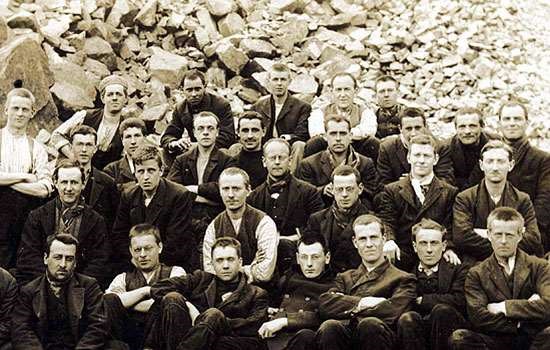
The Story of the Richmond Sixteen
Read the full story of how the Richmond Sixteen were taken to France, and sentenced to death for refusing to obey orders.
-

Conscription and Conscience in the First World War
Find out more about how conscription came about, and what happened to the men who applied for exemption.
-
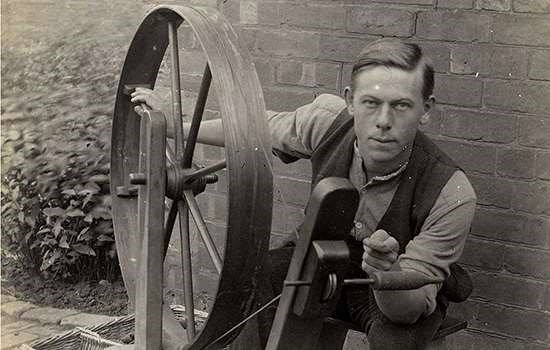
Conscientious Objectors’ Stories
Read about the individual experiences of some of the conscientious objectors before, during and after the war.
-
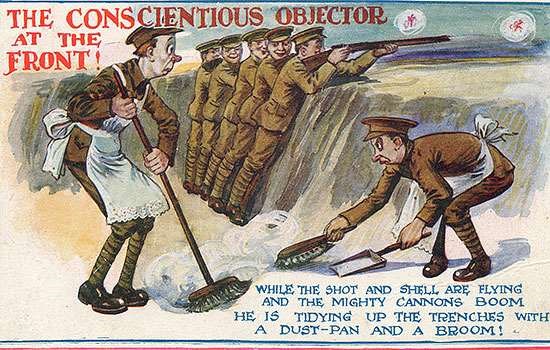
Attitudes to Conscientious Objection
‘Pansies’, ‘cissies’ and ‘conchies’: find out more about how COs were treated, and how attitudes have changed since 1916.
Gallery of Graffiti
Explore in detail some of the inscriptions and drawings pencilled on the walls of the cell block at Richmond Castle over the years, including pieces created by First World War conscientious objectors such as the Richmond Sixteen.
From family portraits to a design for lace, and from sheet music to biblical verse, learn more about the stories behind the graffiti.
Explore The GalleryAnnie Wainwright
100 years on, Annie Wainwright’s portrait is the most reproduced of all 2,300 graffiti at Richmond Castle, but her life beyond her association with Bert Brocklesby, conscientious objector and member of the Richmond Sixteen, remains largely unknown.
Read on to learn about the woman behind the drawing and how she defied the stereotype of the demure woman of her time – from fleeing a civil war while on holiday to wearing a swimsuit at the age of 60.
Read more about Annie WainwrightConserving the cell block graffiti
The thousands of graffiti written and drawn by prisoners and others from the First World War onwards on the walls of the cell block at Richmond Castle form a unique and remarkable record. But the graffiti are extremely fragile – they line the walls of a 19th-century building that wasn’t designed to last.
This short video explains why it’s so important to preserve the cell block and graffiti, and how we plan to protect them for the long term.
Read more about our plans to conserve the graffitiMore about Richmond Castle
-
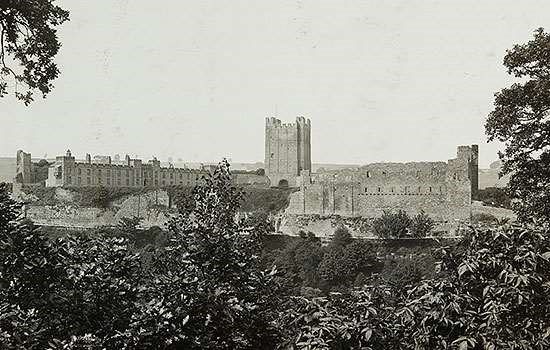
History of Richmond Castle
Read an in-depth history of the castle, from its Norman origins to its use as a base of the Non-Combatant Corps during the First World War.
-
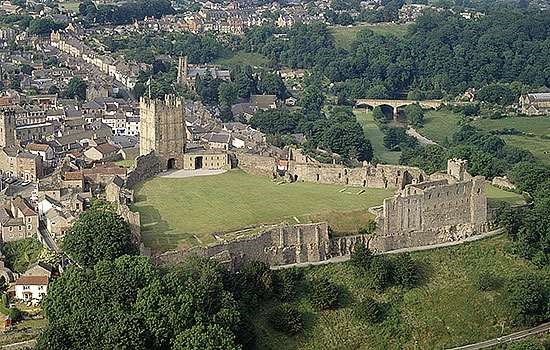
Description of Richmond Castle
Read a description of this spectacularly sited castle, which has long been celebrated as one of the great ruins of northern England.
-
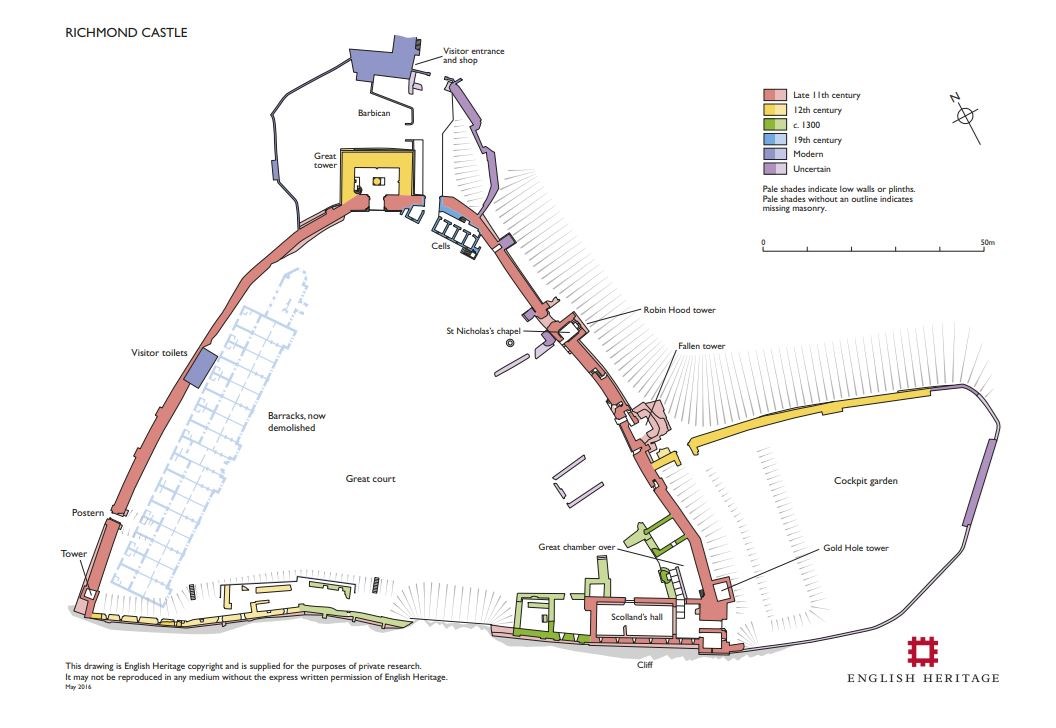
Plan of the Castle
Download this PDF plan to explore the castle in detail and find out when different parts of it were built.

